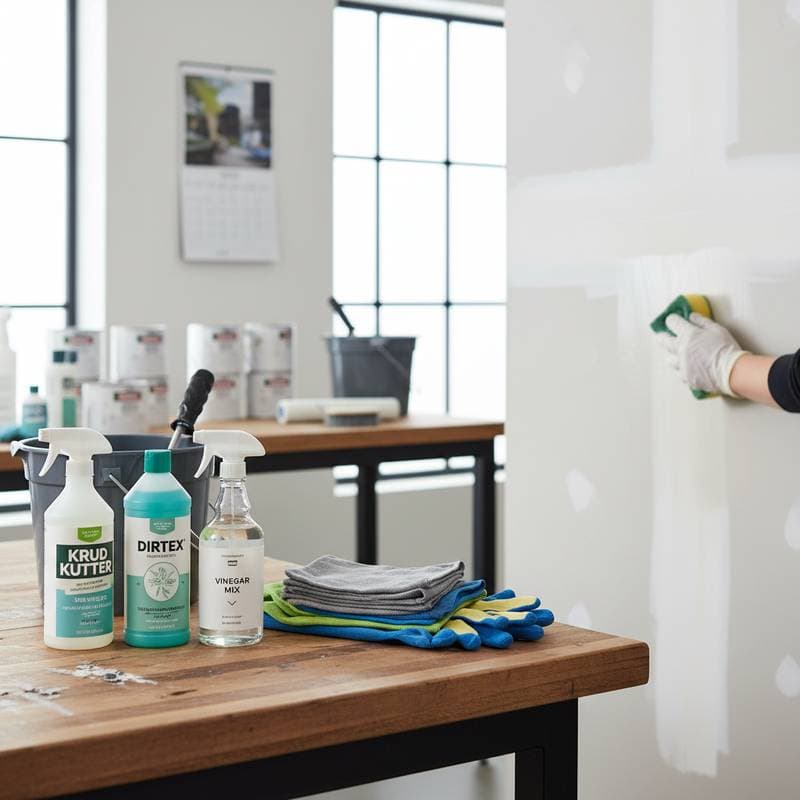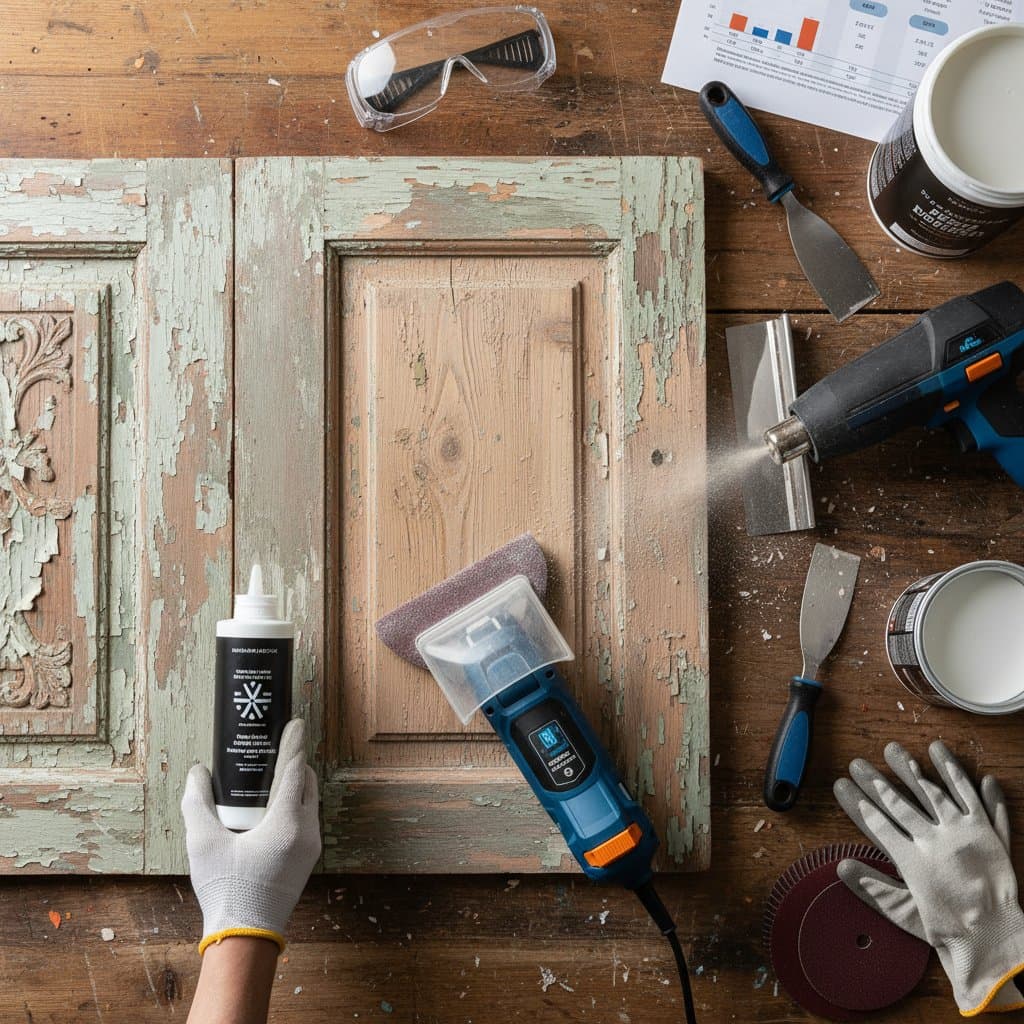Understanding the $800 Premium for VOC-Free Paints in 2025
A visit to the paint aisle reveals prominent labels proclaiming 'VOC-Free.' These products highlight benefits such as improved air quality and enhanced living environments. However, the contractor's estimate may reveal an unexpected increase of approximately $800 for a repaint project. This article examines the sources of this added cost and provides strategies to integrate eco-friendly options effectively while managing expenses.
Defining VOC-Free Paints
Volatile organic compounds, or VOCs, represent chemicals in traditional paints that evaporate during drying and produce strong odors. These compounds can compromise indoor air quality and trigger irritations, particularly for sensitive individuals. VOC-free paints employ alternative binders and solvents that release negligible harmful emissions, fostering safer indoor spaces for families, children, and pets.
Manufacturing these paints involves sophisticated processes. Formulators rely on advanced resins, specialized pigments, and meticulous blending techniques. Such innovations, combined with stringent regulations, elevate production expenses from raw materials through to final packaging and distribution.
Breaking Down the Added Costs
For a standard whole-home interior repaint, the $800 premium arises from several factors. Consider the following breakdown:
-
Material Expenses
VOC-free paints typically cost 15 to 40 percent more per gallon compared to conventional latex varieties. For a project requiring 10 to 15 gallons, this difference alone contributes several hundred dollars to the total. -
Application and Coverage Considerations
Certain eco-friendly formulations demand additional coats, especially for bold colors or irregular surfaces. This necessity increases paint usage and labor time, potentially adding $200 to $300 for an extra layer across multiple rooms. -
Preparation and Tooling Adjustments
Unique drying characteristics in VOC-free paints may require deliberate application techniques, such as slower roller strokes, compatible primers, or precision brushes to prevent imperfections. Professionals allocate extra time and resources to achieve flawless outcomes. -
Logistics and Supply Chain Factors
Many VOC-free products originate from boutique producers with constrained distribution. Limited economies of scale result in higher shipping fees and reduced bulk pricing, which suppliers pass on to consumers.
These elements combine to raise the average cost of a mid-sized home repaint by about $800 when using VOC-free options. Variations occur based on home size, selected brands, and surface preparation needs.
Benefits That Justify the Investment
Homeowners who select VOC-free paints often experience lasting satisfaction. The advantages extend across health, durability, and environmental impact.
Health improvements stand out prominently. Painted rooms lack lingering chemical smells, allowing immediate reoccupation and restful sleep. Families with young children or animals report noticeable enhancements in comfort.
These paints demonstrate superior durability and cleanability. Advanced resins resist wear from daily use, including scuffs and humidity, which reduces the frequency of future repaints and lowers long-term expenses.
Color rendition benefits from VOC-free compositions. Finishes appear vibrant and accurate in various lighting conditions, enhancing visual appeal for photography, design showcases, or property sales.
Environmentally, these products minimize emissions and incorporate sustainable practices, such as recycled packaging and bio-based ingredients. Each purchase supports broader ecological goals.
Practical Ways to Manage Costs
An $800 increase need not deter eco-conscious decisions. The following approaches maintain air quality and aesthetics within budget constraints.
-
Hybrid Application Methods
Apply VOC-free paints in high-occupancy areas like bedrooms and living rooms. Opt for low-VOC alternatives in utility spaces such as closets or garages, which offer fume reduction at a lower price point. -
Selecting Accessible Brands
Explore mid-range options from established manufacturers that provide VOC-free lines with reliable performance. Consult painters for recommendations on products that ensure good coverage and backed warranties. -
Incorporating DIY Elements
Handle smaller tasks, such as accent walls or trim, personally using VOC-free paint. Engage professionals for expansive areas like ceilings to optimize quality and savings. -
Maintenance for Longevity
Preserve the finish through regular gentle cleaning with mild soap, prompt repairs to minor damages, and humidity control. Proper care extends the lifespan of eco-friendly paints beyond traditional types.
Insights from Professional Applications
Experience in controlled environments, such as under studio lighting, underscores the performance of VOC-free paints. These products deliver consistent color reflection, with whites remaining pure and bold tones appearing without distortion. The rapid, odorless drying supports efficient workflows in time-sensitive projects.
A key practice involves thorough stirring before use. Natural components in these paints settle rapidly, so adequate mixing prevents inconsistencies and promotes even application.
Business Perspective on Quality Investments
From a professional viewpoint, the elevated price of VOC-free paints reflects rigorous development and quality assurance. Producers conduct extensive testing to certify zero-VOC status, which translates to fewer revisions and sustained client approval. Over numerous projects, this reliability offsets initial outlays.
Homeowners can view the $800 as an upfront enhancement rather than an expense. It secures healthier air, robust protection, and enduring style, diminishing in significance over time.
Guidance for DIY Projects
For self-directed efforts, verify results with these steps:
-
Assess Color Uniformity: Examine the dried first coat in natural and artificial light. Refine application if variations in sheen appear.
-
Evaluate Texture: Pass a hand lightly over the surface. Smoothness indicates effective leveling; tackiness signals overly thick layers.
-
Monitor Odor: Detect little to no scent shortly after application. Enhance ventilation if needed and verify the product's zero-VOC certification.
-
Handle Cleanup Promptly: Rinse tools with warm water immediately. The quick-drying nature preserves equipment for reuse.
These validations ensure a professional-grade result alongside improved indoor air.
Embracing the Enhanced Home Environment
With the project complete, the transformation becomes evident. Fresh air circulates freely, colors harmonize seamlessly, and well-being prevails. This investment cultivates a serene space that benefits occupants and impresses guests alike.



